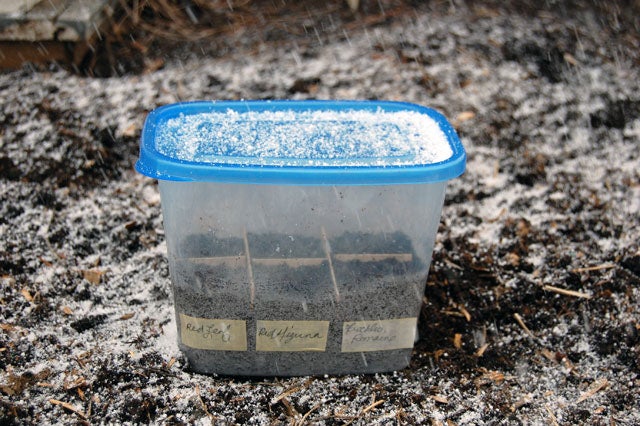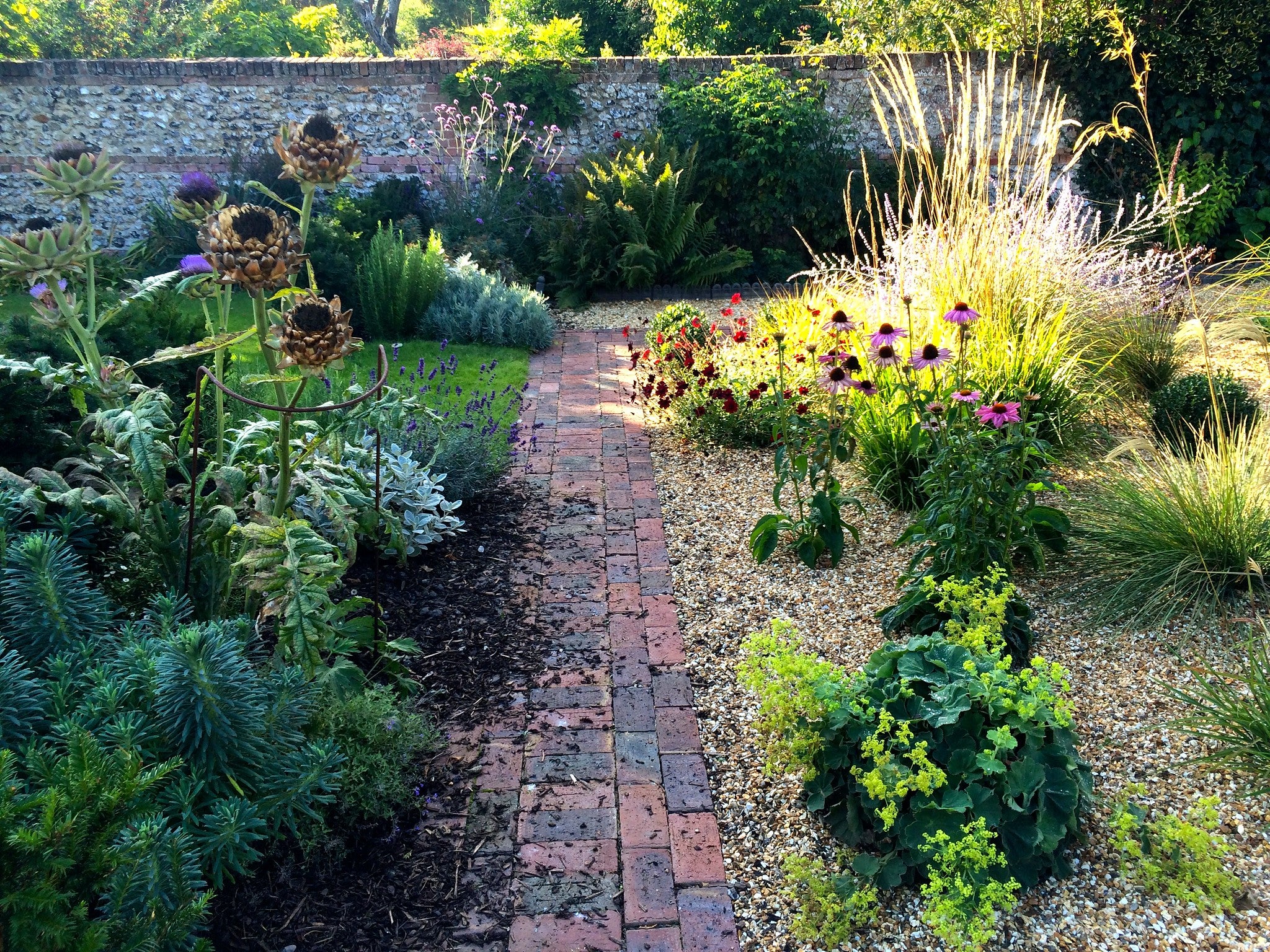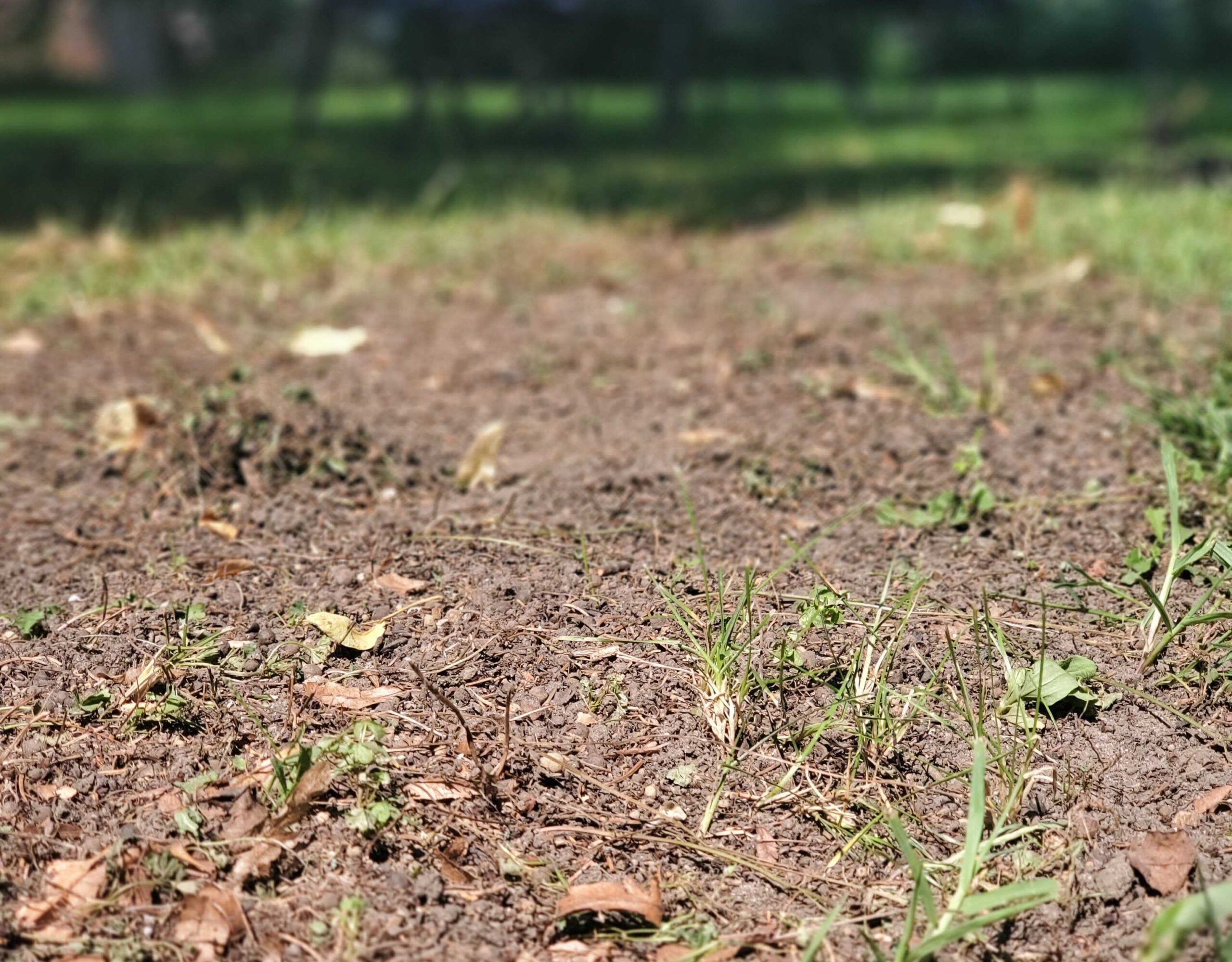Winter sowing is a germination method that involves mini-greenhouses made from recyclables like milk jugs. Join Larry as he talks to a UW-Extension expert about how winter sowing works and which plants can be successful in the Midwestern climate. They’ll also discuss ways to keep poinsettias alive beyond the holidays.
Featured in this Show
-
Want To Start Gardening Before Spring Arrives? Give Winter Sowing A Try
Looking for a way to get started with gardening early? Give winter sowing a try.
Winter sowing is a method of germination the involves sowing seeds in mini-greenhouses made out of things like milk jugs, soda bottles and fast-food containers — essentially, items that will let the light get in to the seeds. Then, the containers are put outside during the winter, said Sharon Morrisey, who is a University of Wisconsin-Extension consumer horticulture agent for Milwaukee County
“Then, when the conditions are right for them to germinate as they naturally would, they will germinate and start to grow,” she added.
After learning about it last year, Morrisey said she was skeptical, but tried it for herself. She described herself as “kind of pleasantly surprised” by it.
“It’s kind of a interesting and fun way to get started with your gardening early in the season,” she said.
While it isn’t university-research based information, Morrisey said it does fit with the science of horticulture and seed germination.
“We’re providing this micro-climate for them, we’re giving them the conditions that they would have naturally and they will germinate and grow at the time that the conditions are right where they would have done so naturally, anyway,” she said.
Here’s how to get started, according to Morrisey:
- Get a container with a clear top — like a plastic soda bottle or a milk jug — and cut around it about one-third of the way up the container. However, don’t cut it off completely, Morrisey said. Leave a hinge. On WinterSown.org, other container options include take-out containers and plastic bags.
- Next, put soil into the container and add seeds, Morrisey said. Wet the soil before sowing the seeds. Cover the seeds at the recommended germination depth, tape the opening where you cut closed and put it in the snow.
- If using a bottle or jug, Morrisey said, leave the cap off.
“That allows for some air to ventilate because on warm days, sunny days later in the season. It will get quite hot in there and you could really cook the seeds,” she said.
For example, on WinterSown.org, when takeout containers are used, the lids are vented, and bags are left open.
- Morrisey added that its important to provide some drainage opportunities for the containers, so cut slits in the bottom so that water can drain through the soil.
The next step involves waiting for germination. Another tip from WinterSown.org is to label the plants.
While the seedlings aren’t necessarily better, winter sowing allows gardeners to start seedlings without having a light set-up because they get good natural light, Morrisey said.
To select vegetables, Morrisey suggested considering those which would normally be planted early in the season. Examples she gave included lettuce, other greens for salad, and spinach.
One of the hardest things for seedlings to tolerate are cold soils and one vegetable that probably wouldn’t do well if trying winter sowing is beans. They need the soil to be warmer before they start to germinate.
Other seeds to consider — both vegetables and flowers — are those that might self-sow in the garden, Morrisey said. Self-sowing is the natural cycle of seeds that drop in the summer or fall that then overwinter.
Episode Credits
- Larry Meiller Host
- Breann Schossow Producer
- Sharon Morrisey Guest
Wisconsin Public Radio, © Copyright 2024, Board of Regents of the University of Wisconsin System and Wisconsin Educational Communications Board.




